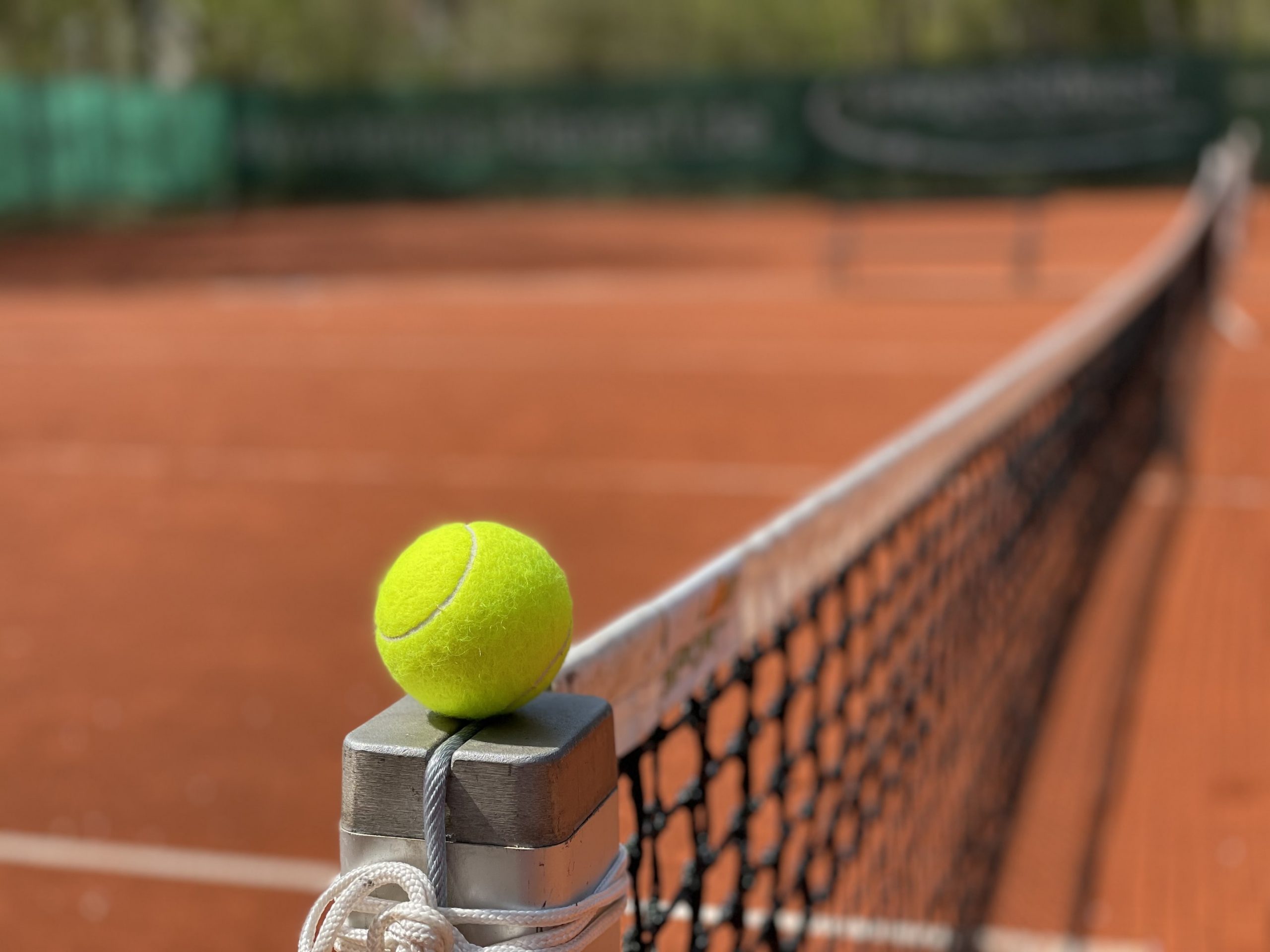Tennis and poker, at first glance, seem worlds apart – one a fast-paced, physical sport, the other a strategic card game. Yet, both demand unique skills that transcend their respective playing fields. This article explores the surprising similarities in the skill sets required for both tennis and poker, from mental agility to strategic foresight.
The Evolution of Skill Recognition in Tennis and Poker
The historical development of tennis from a leisure activity to a globally recognized sport is a testament to the evolving recognition of skill in competitive arenas. Originating as a pastime among the upper classes, tennis has grown into a sport celebrated worldwide for its physical and strategic demands. Key milestones, such as the establishment of the four Grand Slam tournaments, have solidified its status and highlighted the high level of skill involved.
Parallel to tennis, poker has undergone a similar transformation. Once viewed as just a recreational card game, poker is now recognized for its strategic depth and skill-based nature. The game’s online presence and complexity, involving a deep understanding of probabilities and psychology, has led to discussions about its potential classification as an esport. A critical aspect of this skill recognition in poker revolves around understanding poker hands. The ability to assess various plays – from high cards to royal flushes – and make strategic decisions based on these rankings is a core skill in poker. This knowledge,
combined with the ability to read opponents and manage risk, elevates poker from a casual game to a strategic competition.
Both tennis and poker have seen their skill sets increasingly acknowledged and respected, reflecting a broader shift in how society perceives and values different forms of competitive expertise.
Skill Set Comparison: Strategy and Mental Toughness
In both tennis and poker, success hinges on a blend of strategy and mental toughness. Tennis players must constantly anticipate their opponent’s next move, deciding in a split second whether to charge the net or play defensively. Similarly, poker players are tasked with predicting their opponents’ hands and strategies, making swift decisions that can turn the tide of the game. This strategic foresight in both games is about reacting to the present and planning several moves ahead.
Mental toughness is equally crucial. In tennis, players face the pressure of each point in long matches, requiring immense concentration and emotional control. Poker demands a similar resilience as players navigate the highs and lows of the game, often over extended periods. The ability to maintain focus, manage stress, and stay composed under pressure often separates the good from the great in tennis and poker. This mental fortitude and strategic know-how form the core of the skill sets needed in these seemingly disparate yet fundamentally similar games.
Engagement and Atmosphere: The Player-Fan Connection
The atmosphere at major tennis tournaments and high-stakes poker games is electric, charged with excitement and tension. In tennis, the roar of the crowd following a spectacular rally or a match-winning ace adds to the drama. In poker, the intense
silence broken by a decisive play creates a palpable suspense.
Players in both arenas engage deeply with their fans. Tennis stars often have meet-and-greets, autograph sessions, and use social media to connect with supporters. Poker professionals also interact with their fan base through online platforms, sharing strategies or memorable game moments and sometimes even participating in online games with fans, fostering a sense of community and accessibility.
Global Reach and Diverse Participation
Tennis and poker boast a remarkable global reach, attracting a diverse audience and participants from myriad backgrounds.
Tennis, with its international circuit of tournaments, including the Grand Slams, draws players and fans from every continent, showcasing a rich tapestry of cultures.
Similarly, poker’s appeal spans the globe, with major tournaments like the World Series of Poker drawing in many nationalities. Both sports have transcended cultural and geographical boundaries, uniting people through a shared appreciation for skillful competition. This universal appeal demonstrates their inclusivity, offering a common ground where skill and strategy are celebrated, regardless of one’s origin.

















